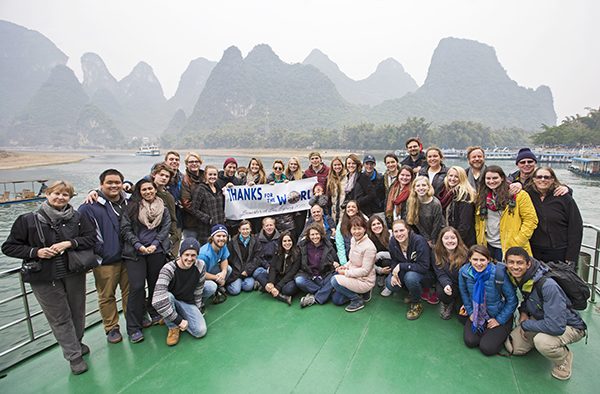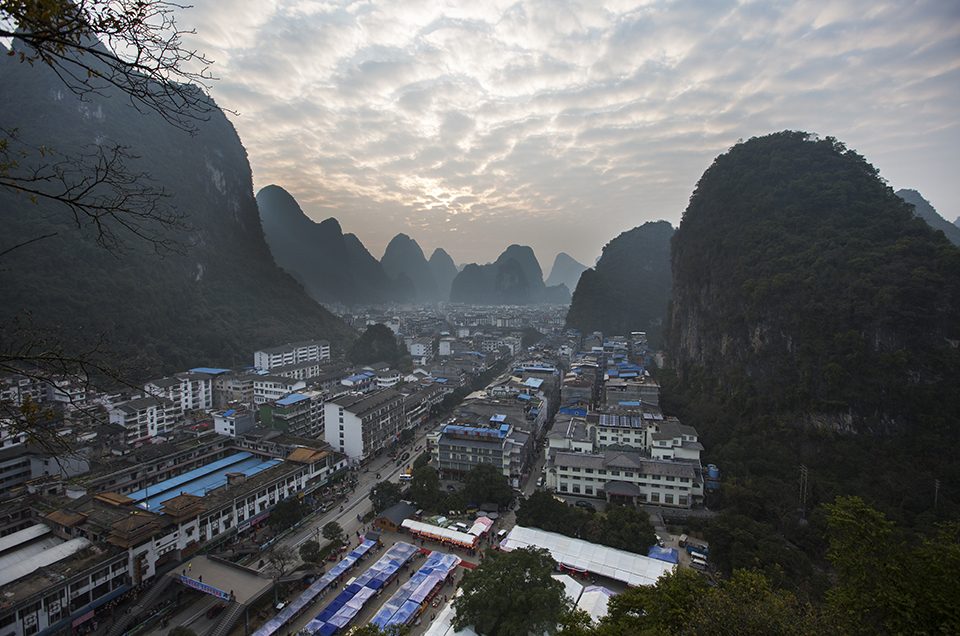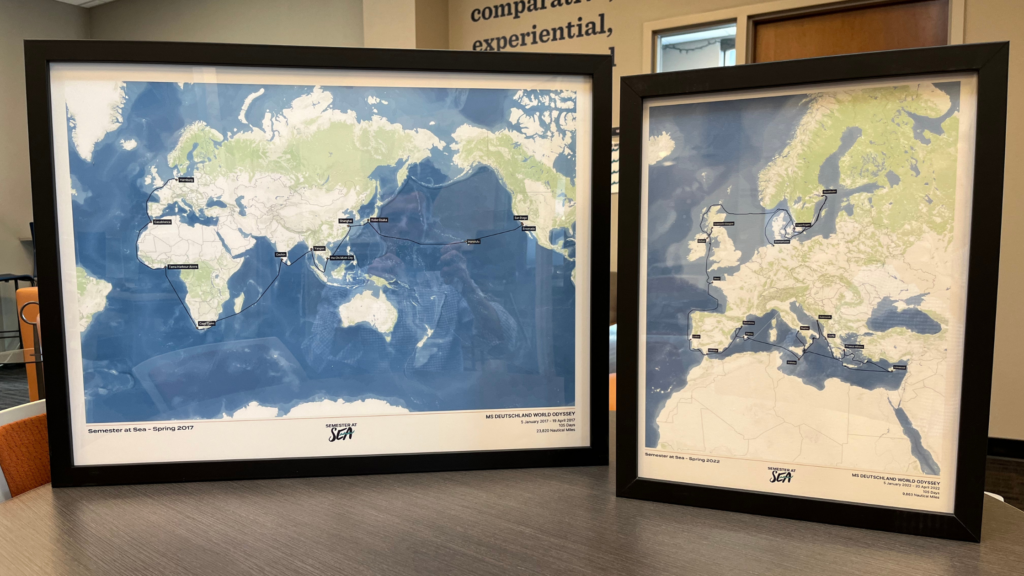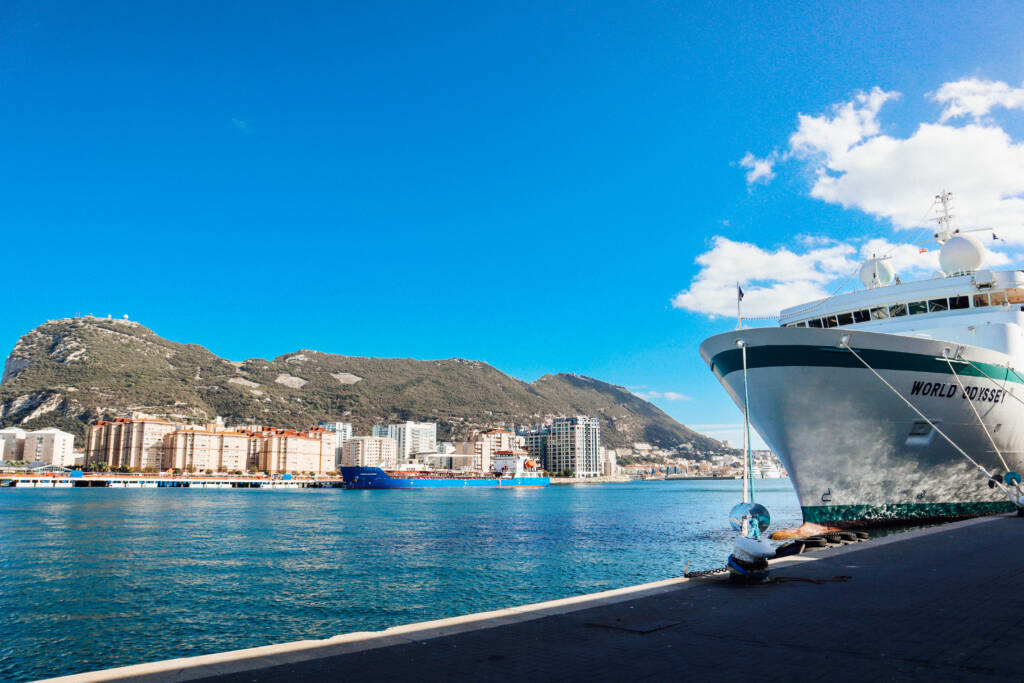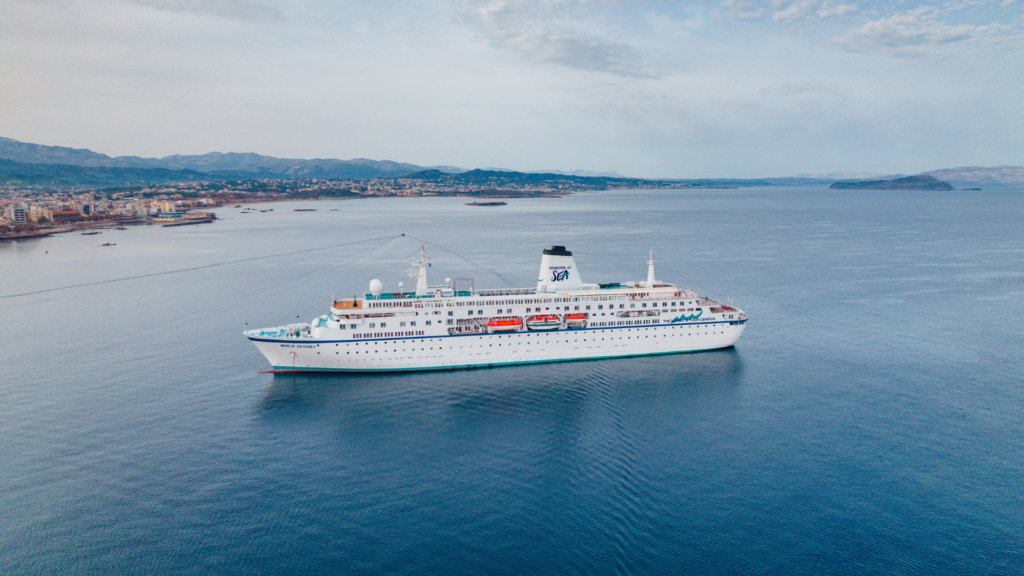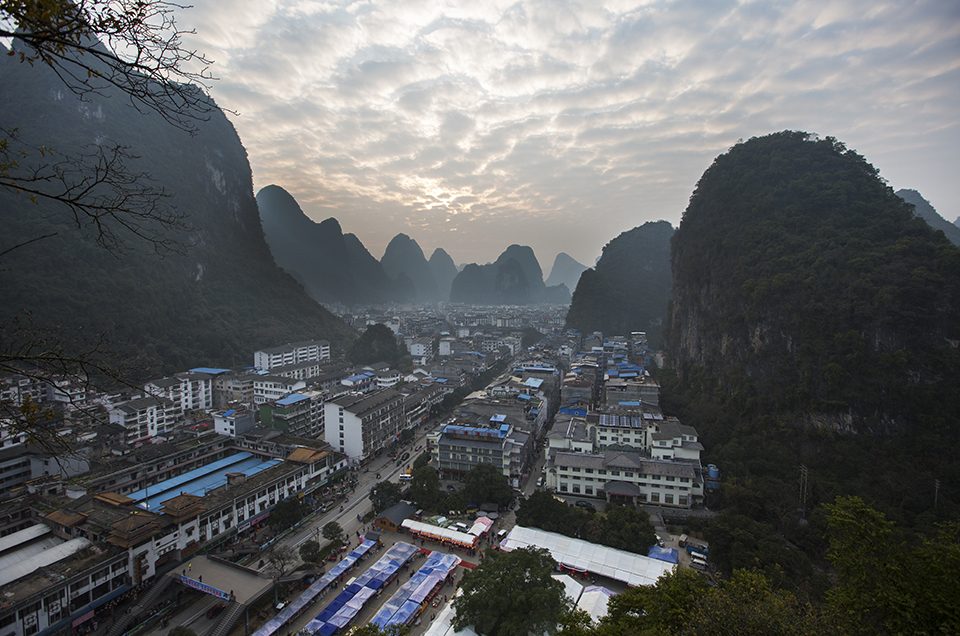 Guilin is known as the pearl of China’s tourism industry, though Yangshuo, a town two hours outside of downtown Guilin, was in fact significantly more amusing. This was mainly because the air was cleaner, permitting us to see the surrounding mountains with ease.
Guilin is known as the pearl of China’s tourism industry, though Yangshuo, a town two hours outside of downtown Guilin, was in fact significantly more amusing. This was mainly because the air was cleaner, permitting us to see the surrounding mountains with ease.
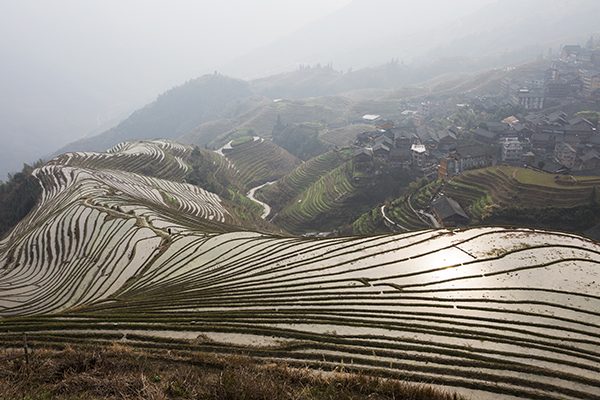
In a city where limestone karsts are skyscrapers and rivers are streets, Yangshuo has a sort of magic, which is vibrant and present in every corner of the town. With the Lijiang, Yulong, and Jin Bao rivers all intersecting in Yangshuo, this town is known not only for its beauty, but also for its perfect Feng Shui.
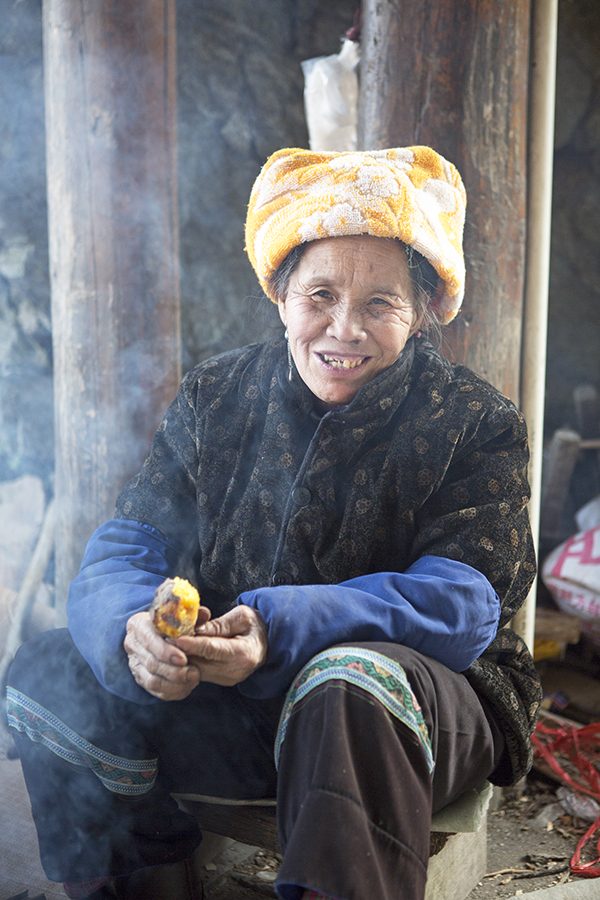
The various limestone mountains that surround the village give it the balance a town naturally aims for, and the various rivers provide the harmony needed for a successful life. I was able to experience this harmonious feeling myself, as we rode bikes through the caster fields. As we biked through town, the landscape that surrounded us was breathtaking, filled with natural high risers that inevitably lured you in.
After visiting a city renown for having the second tallest building in the world, Shanghai, it was interesting to experience the transition into the Southwest area of China, where no building was higher than a few stories tall. This lack of industrialization was also perceived in the region’s culture, as people noticeably lived a more traditional lifestyle. This was seen even in the most intrinsic of Chinese traditions, bargaining. People were not usually up for the heated discussions enjoyed in the North. Here, they would start at a lower price, but were often not as willing to barter for the item, even if it meant no business for them in the end.
This was the case even in the most rural of places we visited, including the Longji Village, where people lived off of the rice fields for their agriculture and commerce. Mainly because of the altitude needed for these terraces, Longji has remained highly secluded from the city, enabling poverty to be seen everywhere, ranging from the way people dressed to the wooden and rusty architecture.
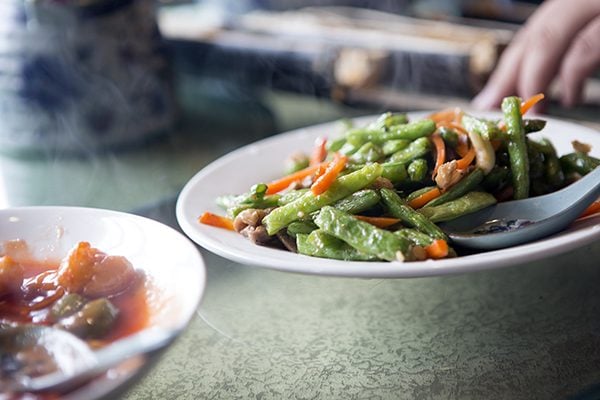 Differences were also evident in terms of food, as the Hindu influence to the region inescapably made the food much spicier, compared to the sweet of the North.
Differences were also evident in terms of food, as the Hindu influence to the region inescapably made the food much spicier, compared to the sweet of the North.
Though, even with all of the differences amongst the various regions throughout China I was able to see similarities. As we journeyed through beautiful landscapes, I recognized sceneries that reminded me of Panama, seen on my way to the infamous San Blas archipelago. Strange I thought, to think that the most populous country in the world can resemble my tiny Latin American isthmus blew my mind. I’ve come to realize, that even with its major differences, the world is a lot more similar than we think.
